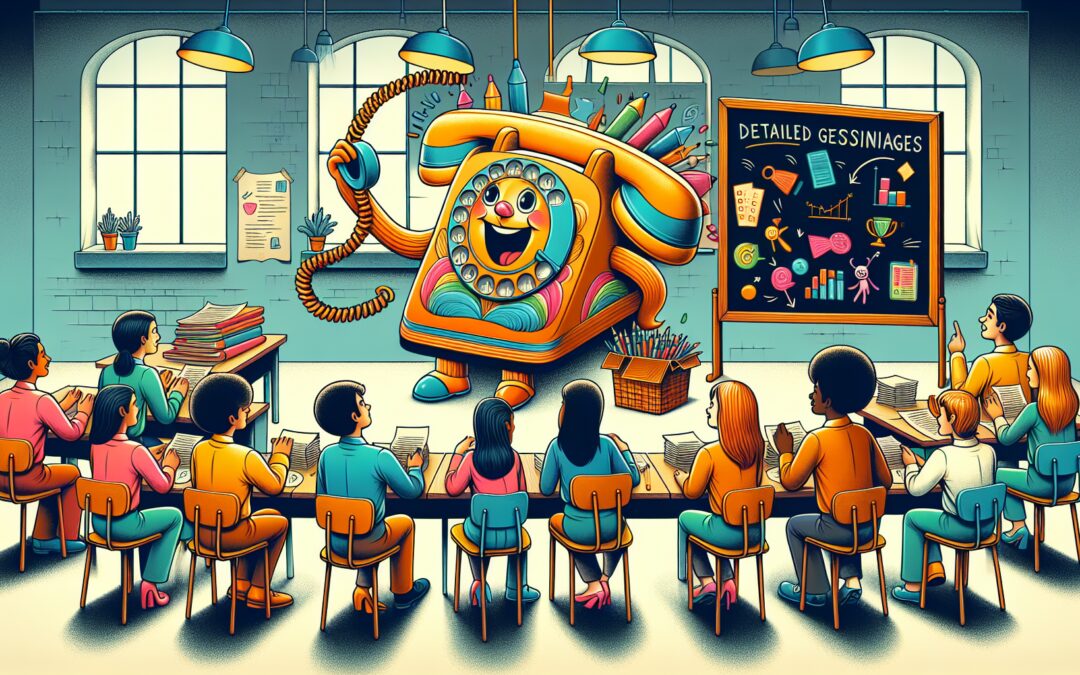Introduction to Message Taking
Taking messages is a crucial skill in both professional and personal environments. It ensures that information is accurately relayed, reducing misunderstandings and missed opportunities. Mastering the art of message taking involves attention to detail, clear communication, and organizational skills.
Understanding the Importance of Accurate Message Taking
Effective message taking is essential because it directly impacts customer service, personal relationships, and business efficiency. When messages are taken correctly, it ensures that individuals can respond appropriately to the information provided, thereby maintaining a smooth flow of communication. This is particularly critical in settings where details like appointment dates, times, client needs, or specific requests are important.
Enhancing Professionalism
In professional environments, taking messages accurately reflects on the individual’s and the organization’s professionalism. It builds trust and reliability, showing clients and colleagues that their communications are valued and handled competently.
Preventing Miscommunication
Effective message taking minimizes the risks of miscommunication. Ensuring that all relevant details are captured and relayed correctly helps in avoiding costly mistakes or misunderstandings that can lead to dissatisfaction.
Key Techniques in Effective Message Taking
To master message taking, one should focus on several key techniques:
- Active Listening: Pay attention to what is being said. Avoid distractions and focus fully on the caller or the person delivering the message. This involves not only hearing their words but also understanding the context and subtleties of their communication.
- Note-Taking: Writing down important details as they are communicated. This should include names, dates, times, contact information, and the main point or request made by the caller.
- Clarifying and Confirming: Don’t hesitate to ask for clarification if certain details are unclear. Repeat the information back to the sender to ensure accuracy.
- Organizational Skills: Keeping notes organized so that the messages can be easily accessed and understood by others. This might involve using a standardized form or digital tool designed for message taking.
Using Technology to Aid Message Taking
In today’s digital age, several tools can assist in message taking. Digital note-taking apps, CRM systems, or specialized messaging software can help streamline the process and reduce errors. These tools often come with features like templates, reminders, and the ability to share messages with team members instantly.
Training and Practice
Like any other skill, mastering message taking requires training and continuous practice. Regularly review and refine the process of taking messages:
- Role-playing: Simulating scenarios where message taking is required can help individuals prepare for real-world situations.
- Feedback: Request feedback on the clarity and completeness of the messages taken to understand areas of improvement.
- Continuous Learning: Stay updated with new tools and techniques that could improve message taking efficiency and accuracy.
Conclusion
Mastering the art of taking messages is about much more than just writing down names and numbers. It involves active listening, clear documentation, efficient use of tools, and regular refinement of techniques. By focusing on these key areas, individuals can enhance their communication skills, increase professionalism, and prevent miscommunication, thereby making a significant impact in their professional and personal communications.


